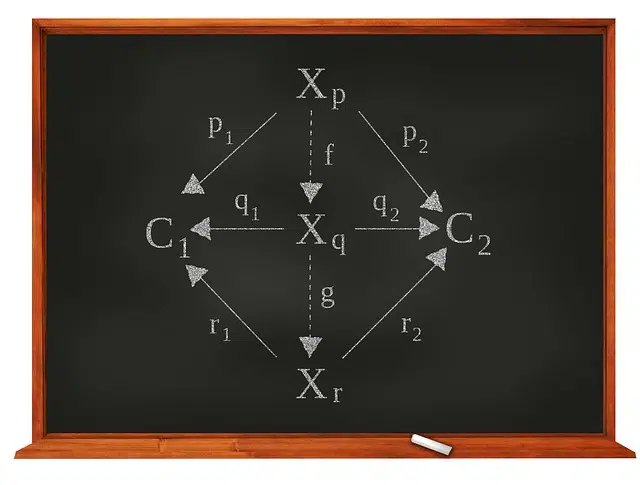
In geometry, a line is a line formed by points that follow one another indefinitely.
Something straight - a term that comes from the Latin rectus - is something that has no angles or curves . When the concept is used in the feminine ( straight ), it is a notion of geometry that refers to the one-dimensional line that, formed by an infinite number of points, extends in the same direction.
Straight lines have no beginning or end: they are lines composed of points that follow one another indefinitely . They are considered one of the fundamental entities of geometry , like the aforementioned points and planes .
Difference between line and segment
It is important to note that points also form segments , which are portions of lines (they begin at one point and end at another). It can be said, in this sense, that a line is made up of different segments.
It is worth mentioning that people outside of mathematics often confuse the concepts of line and segment; It is very common for people to believe they are drawing a (complete) line when drawing a line on a sheet of paper. In part, the problem may arise in geometry lessons at school, since the graphic representation of the line also has a beginning and an end , although it is only a portion of it, a segment.
Another way to define a line is as the set of points that meet, along the length, in the space where two planes intersect. When someone cuts a line, two rays are created: they have a beginning (the point where the line is interrupted), but no end (they extend indefinitely).

A righteous person respects moral rules.
Adherence to moral rules
A righteous person, on the other hand, is one who does not deviate from moral rules or what is considered correct. For example: "The manager is an upright man who would never get involved in an act of corruption" , "I am an upright woman, with firm values and principles that are not negotiable" , "I thought you were an upright person, but I was wrong" .
In this case, although there is a general notion of the behaviors of a good person , the word upright can be interpreted in various ways, also depending on the ideas and beliefs of each person, and this makes it a very subjective . To understand this phenomenon, let's look at two characteristics that can be perceived differently, depending on the observer.
Different views on right conduct
First of all, let's take the case of responsibility , another concept that can be understood in different ways: an individual who never misses work except in situations of force majeure, who pays all his taxes and debts on time, who remembers He sticks to all his commitments and always offers his loved ones all the help he can give them. He can be defined as a responsible being, among other attributes, and, in the same way, as an upright person.
On the other hand, we can talk about chastity in the case of an individual who has religious commitments that prevent him from having sexual relations: in the eyes of those who share his beliefs, if he complies with his commands he will be seen as an upright person. However, everything changes when the observers of both situations do not agree with the way of life of said subjects.
Someone who fulfills all his commitments and who presents an impeccable attitude can be suffocating for certain people, even being perceived as an individual who cannot externalize his problems and who lives this way for fear of disappointing others; In other words, she would not be seen as a righteous person, but perhaps prey to her fears. Chastity, on the other hand, may be unjustifiable to many, regardless of the reasons, which is why they would not include it in their definition of "righteousness."
A progress without detours
Moving in a straight line , finally, is an idea that refers to moving along a path without detours or detours.
"Since winning his first professional tournament, the tennis player has advanced in a straight line towards the Top Ten in the world ranking" is an example of the use of this expression.
